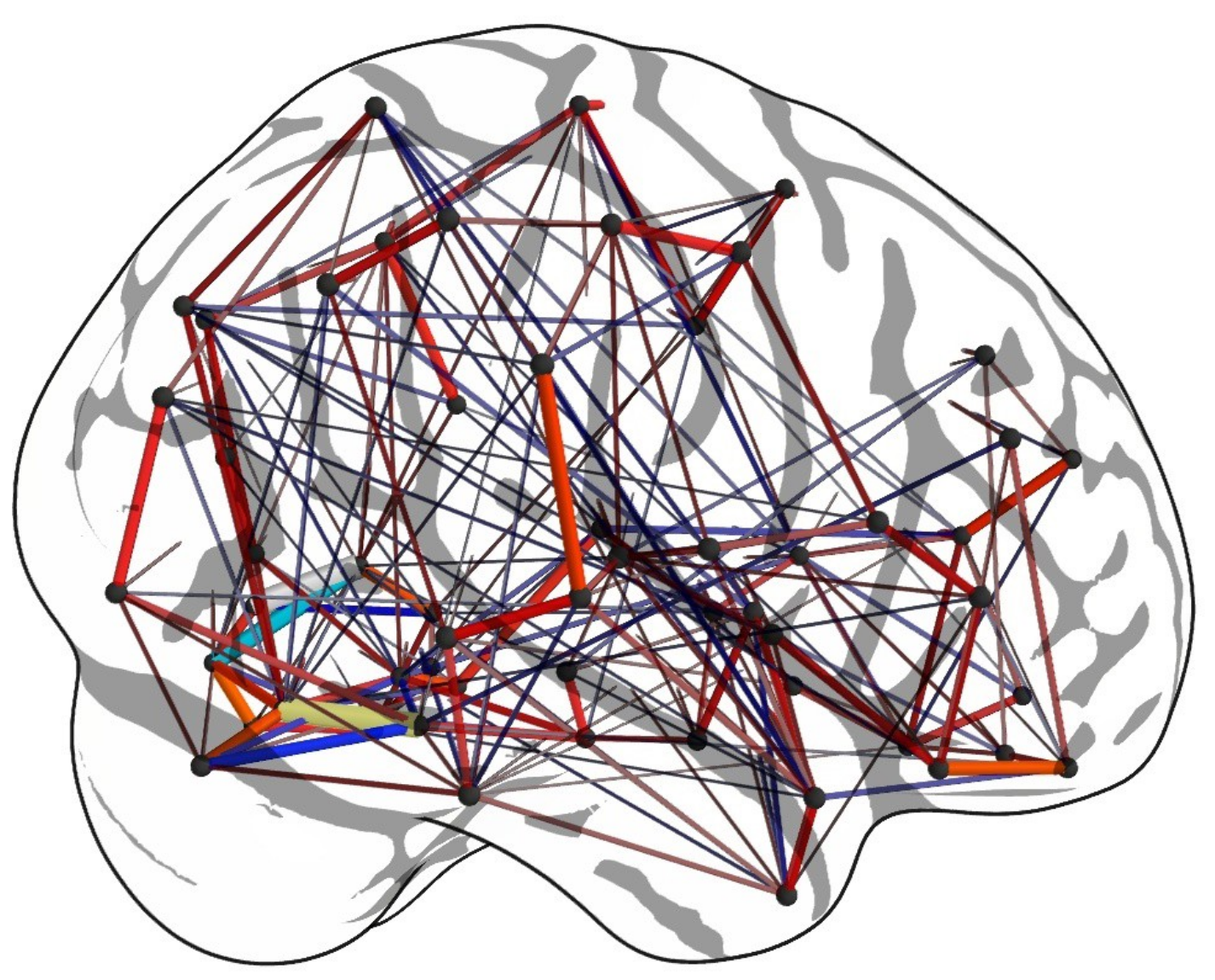In the rapidly evolving landscape of data management, traditional databases often struggle to capture the intricate relationships that exist within datasets. Enter the world of graph databases—a revolutionary paradigm that excels in representing and querying interconnected data. This blog post aims to demystify the concept of graph databases, exploring their unique structure and applications. We will delve into the fundamentals, benefits, and real-world use cases, shedding light on how graph databases are reshaping the way we handle complex and interconnected data.
Fundamentals of Graph Databases
Graph databases are a type of NoSQL database that use graph structures to represent and store data. The fundamental components of a graph database include nodes, edges, and properties. Nodes represent entities, such as people, places, or things, while edges represent relationships between nodes. Properties are key-value pairs associated with nodes and edges, providing additional information about them.
The strength of graph databases lies in their ability to efficiently navigate and represent complex relationships between data points. This is particularly useful for scenarios where relationships are a critical aspect of the data, such as social networks, fraud detection, and recommendation systems. Unlike relational databases, which use tables and predefined schemas to organize data, graph databases allow for more flexible and dynamic data modeling. This makes it easier to adapt to evolving data structures and relationships, as there is no need to modify a rigid schema.
In contrast to relational databases, where complex queries often involve multiple JOIN operations across tables, graph databases excel at traversing relationships directly. This results in faster and more efficient queries for certain types of data, as the relationships are inherent in the structure of the graph. Overall, graph databases are a powerful tool for handling highly interconnected and relationship-rich data, providing a more natural and efficient way to represent and query such information.
Graph Database Structure and Query Language
One key differentiator is the query language used in graph databases. The most common query language for graph databases is the Property Graph Query Language (Cypher for Neo4j, for example). Cypher allows users to express queries in a way that directly corresponds to the graph structure. The queries are more intuitive and expressive, making it easier to traverse relationships and uncover valuable insights. Instead of complex JOIN operations in SQL, graph database queries focus on pattern matching and traversal, allowing for a more natural representation of how data is connected. This makes it particularly efficient for tasks like finding paths between nodes, identifying related entities, and navigating complex networks of relationships.
Interaction between Graph Databases and the Graph Theory
Graph databases leverage graph theory as the underlying mathematical framework to represent, store, and query interconnected data. Graph theory concepts such as nodes, edges, and properties directly align with the fundamental components of graph databases, providing an intuitive way to model complex relationships. The edges in graph theory, representing connections between nodes, translate seamlessly into relationships within graph databases. Graph algorithms, inspired by graph theory, are employed to traverse relationships, uncover patterns, and derive meaningful insights from the data. By embracing graph theory principles, graph databases not only facilitate efficient storage and retrieval of interconnected data but also empower users to apply graph analytics and algorithms for tasks such as pathfinding, community detection, and centrality measures, contributing to a richer understanding of the underlying graph structure and its applications across various domains.
Conclusion
As the era of interconnected data continues to flourish, graph databases stand out as a powerful solution for managing relationships and uncovering valuable insights. This blog post has provided a comprehensive exploration of graph databases, from their fundamental principles to practical applications. By understanding the unique strengths of graph databases, organizations can harness the full potential of their interconnected data, driving innovation and informed decision-making.


